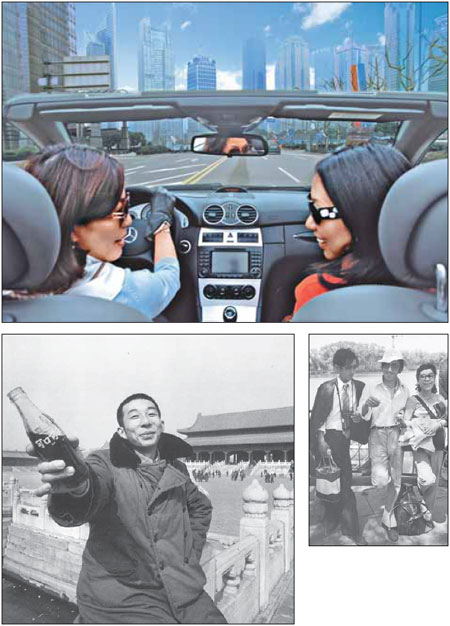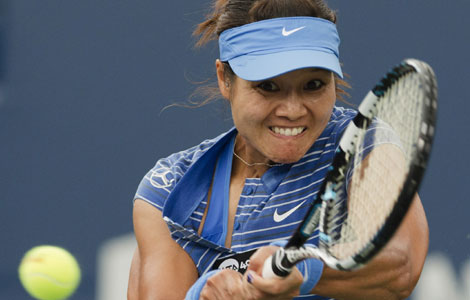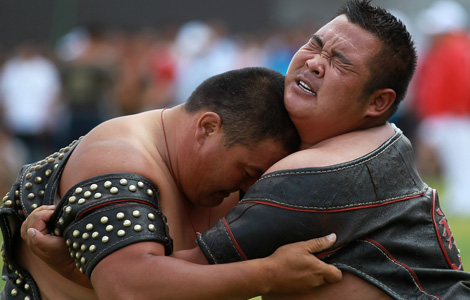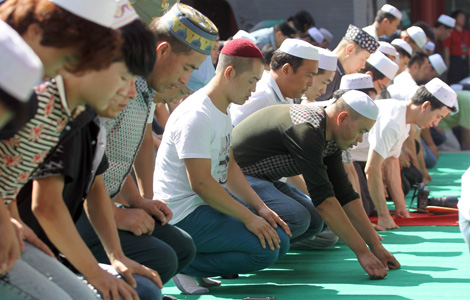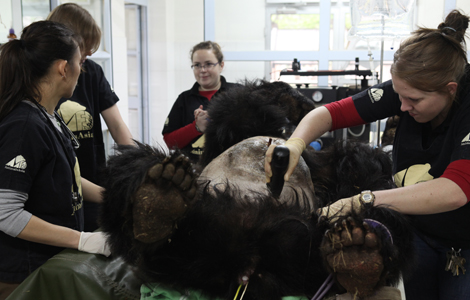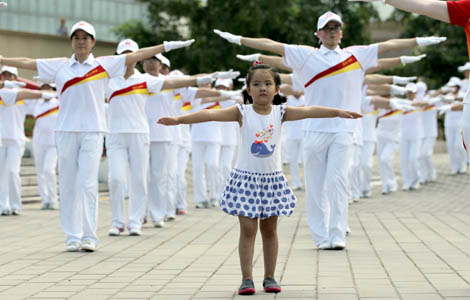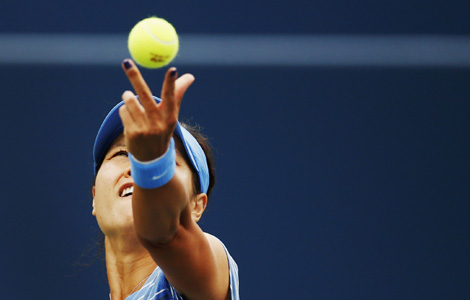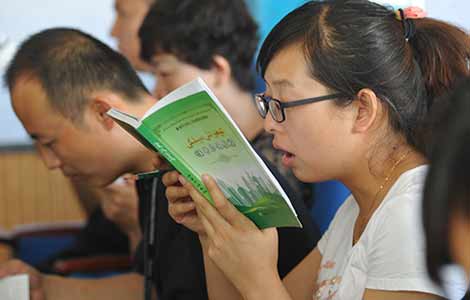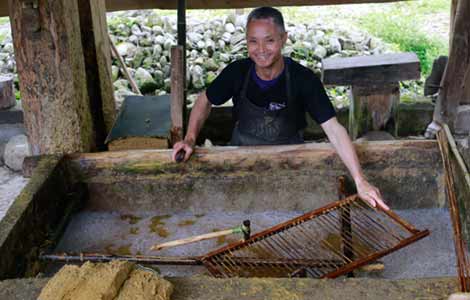China through the lens
Updated: 2013-08-09 07:25
By Zhang Kun (China Daily)
|
||||||||
|
Prize-winning photographer Liu Heung Shing is presenting his solo show China Dream, Thirty Years, in Shanghai, offering a look back over his photojournalism career and the country's transformation since the 1970s. Gao Erqiang / China Daily |
|
Some of Liu's most famous photographs reveal details of Chinese people's daily lives - how they live, leisure and love. Photos by Liu Heung Shing |
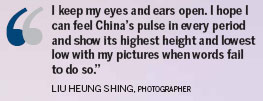
Chinese-American photographer Liu Heung Shing has been capturing China with his camera for more than 30 years. Zhang Kun catches up with this legend of photojournalism in Shanghai where an exhibition of his works is on show.
It has been 30 years since Chinese-American photographer Liu Heung Shing published his photography book China after Mao. The Pulitzer-prize winner is presenting, for the first time in China, 115 of his pictures at China Art Museum in Shanghai, until Aug 27. The exhibition China Dream, Thirty Years spans a 35-year period of observing the country through his camera lens. China has experienced unprecedented 30 years of drastic changes and development, the photographer says. For many people in China, this has been a period of dreams come true.
The country is like a giant ship moving in a new direction since 1978, when China started to focus on economic development and open up to the world. Liu has witnessed and captured the country's transformation from collectivism to individualism.
Liu's pictures take up two exhibition halls on the ground floor of the museum. The curator has arranged the exhibits in a way that in one of the halls, images focus on collective life of China, while the other features diverse personalities and individuals.
Liu was born in 1951 and spent most of his childhood in Fujian province before moving to Hong Kong. When studying at the City University of New York, he read extensively about China, comparing what he read with his impressions from childhood.
Upon graduation, his enthusiasm about China led him back to the country as a journalist.
His first assignment in China as a photographer took place in 1976. He didn't receive permission to go to Beijing to photograph the mourning for Chairman Mao's passing, so he stayed in Guangzhou, but he was sensitive enough to find traces of a society ready to change.
"People practiced tai chi in the park as usual, but their shoulders looked somehow relaxed, slightly different," Liu recalls.
In 1978 he started to work as the founder and reporter for Time magazine's Beijing office.
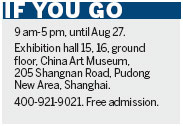
He was impressed with the prevalence of political intervention in everyday life.
One of his most famous works showed workers taking Chairman Mao's portrait off the facade of the National Museum of Chinese History on the east side of Tian'anmen Square, illustrating the end of an era.
He went on to photograph people trying on sunglasses at a commodities fair, aspiring artists presenting their creations along a public wall, and young lovers managing to have a moment of intimacy without the luxury of privacy.
"I keep my eyes and ears open," the photographer told the media at the opening of China Dream, Thirty Years in Shanghai.
"I hope I can feel China's pulse in every period and show its highest height and lowest low with my pictures when words fail to do so."
In recent years Liu has devoted lots of time and effort to compiling photo documentaries about China. His book, China, Portrait of a Country, has been translated into six languages since 2008 and sold more than 250,000 copies all over the world.
In 2010, Liu worked with Briton Karen Smith, a critic and curator of contemporary art, to publish Shanghai: A History in Photographs 1842-Today.
Smith is also curator of Liu's exhibition at China Art Museum in Shanghai.
Photography is greatly different nowadays, compared with the 1970s when Liu started his career in China, Smith says.
One could take no more than 36 pictures with a roll of film and the photographer had to keep his wits about him whenever he was shooting.
Sometimes one might capture a great shot by luck, but most of the time, it is achieved through keen perception and understanding of the time and place he is working, Smith says.
Nowadays everybody takes pictures with digital cameras and mobile phones. Photography is no longer as reliable as it can be digitally altered using computer program Photoshop.
Liu says he belonged to the last generation of photojournalists. Now agencies and publications will dispatch their staff members wherever news happens. Journalists rarely have the luxury of living for years in a country, submerging into the local culture and lifestyle.
"I got to see China and digest what I saw through photography," Liu says.
"I hope to present our common memories for the past 30 years, when China's drastic changes and development has the whole world impressed.
"It's impossible to present it with dry statistics of GDP, and that's not my job," Liu says.
His photography of details of daily life - how people live, leisure and love - filled the giant gaps between the dry numbers of historic narration. It is the details and personal feelings that connects to all human beings, and makes his pictures special, Smith says.
Contact the writer at zhangkun@chinadaily.com.cn.
(China Daily USA 08/09/2013 page14)
Most Viewed
Editor's Picks
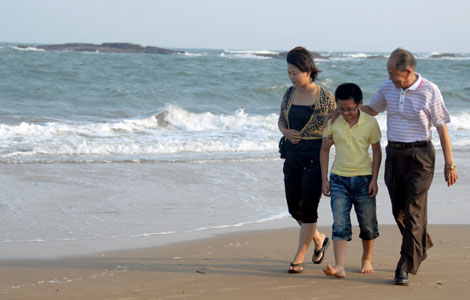
|

|

|

|

|

|
Today's Top News
Pharm giant says it takes bribery claims 'seriously'
China's inflation rises 2.7% in July
Budget show cuts in provincial spending
US realty market 'connects dots' with China buyers
Pharm giant suspected of bribery
Economic prospects improved
Beijing rejects protest over patrol
China Unicom tests 4G network
US Weekly

|

|

